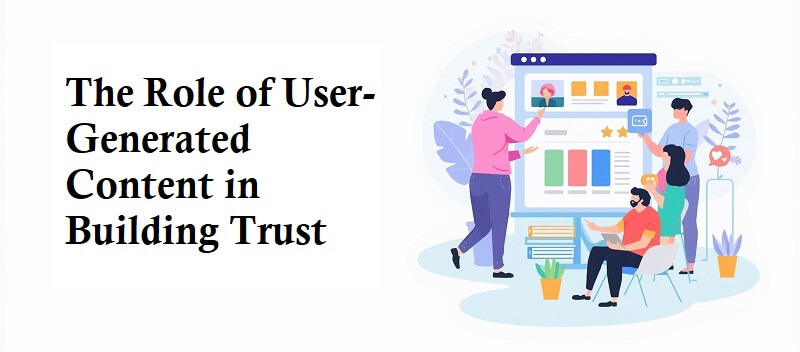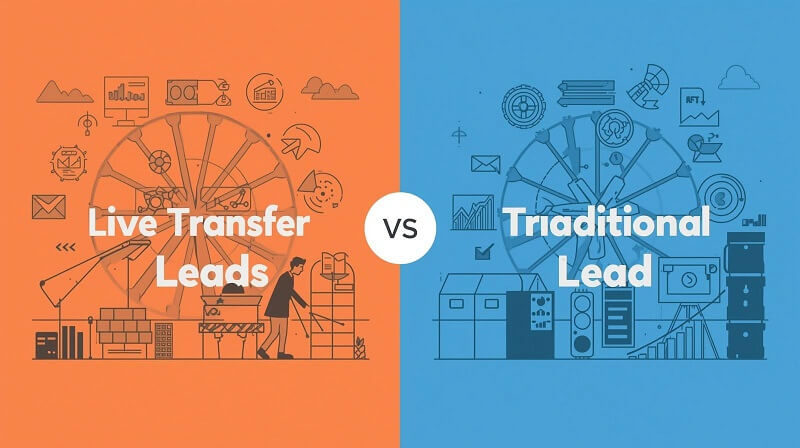
Companies constantly search for innovative ways to connect with their audience and stand out in a crowded marketplace. While technology has undoubtedly played a significant role in transforming how businesses operate, one timeless tool continues to captivate and engage people: storytelling.
Whether it’s a powerful ad campaign, an emotional customer review, or a strong brand message, storytelling makes people feel deeply and motivates them to act. In this article, we will explore how storytelling can be a powerful marketing asset for businesses of all sizes and why it is essential for any company looking to make a lasting impact on its target audience.
The Importance of Storytelling in Marketing
Marketing is about connecting with people, and you can accomplish this through the power of storytelling. Stories have been used to convey important messages since the dawn of time, and marketing is no exception. Businesses can build brand loyalty, increase sales, and make lasting customer connections by telling exciting and captivating stories.
Think about the last time you purchased a product. Chances are, you were swayed by a compelling story that resonated with you on a deeper level. It could be an ad that made you feel nostalgic, a customer review that described a life-changing experience, or a brand manifesto that aligned with your values.
Tapping into people’s emotions and creating stories that speak to their hopes, dreams, and desires can build a loyal following. This is the power of storytelling in marketing, and businesses should use it to stand out in today’s competitive landscape.
How To Create A Story That Resonates With The Audience
A great story can induce emotions, build connections, and inspire action. However, crafting a narrative that draws people in can be challenging. To help you, here are five effective ways to create a good story that resonates with your audience:
Highlight The Benefits of Your Products

It is not enough to offer a great product. It is best to find ways to stand out and capture the attention of your target audience. One effective way to do this is by incorporating storytelling into your marketing strategy.
Brian Campbell, Founder and Lead Water Geek of Water Filter Guru share that they use storytelling to highlight the benefits of their products instead of simply listing the features. “By telling stories about how water filtration systems have helped people and their families live healthier, we can connect with our audience’s needs and offer a solution to their water problems,” Campbell noted.
When you highlight the benefits of your products through storytelling, you capture your audience’s interest and show them how your product can benefit their lives. So, if you want to build a loyal following and drive sales, incorporate storytelling into your marketing strategy.
Use Humor to Make the Story Memorable
Storytelling is not just about conveying a message. It is also about making a lasting impression on your audience. You can do this by using humor to inject a little fun into your story. When done correctly, humor can make your message more memorable, increase audience engagement, and create a positive association with your brand.
Unlock the power of storytelling by creating a brochure to weave engaging narratives, infuse humor, and leave a lasting impression on your audience, fostering a positive brand association.
“Incorporating humor in storytelling can be a delicate balancing act,” says Milo Cruz, CMO at Freelance Writing Jobs. “You don’t want to offend or turn off your audience, so keeping your jokes tasteful and relevant to your brand is important. But if you can find the right balance, humor can be a powerful tool in your storytelling arsenal,” Cruz added.
Feel free to insert a little humor to create a story that resonates with your audience. Whether it’s saying something about a coffee mishap or using a witty one-liner to drive home a point, a touch of humor can make your story more memorable and engaging.
Craft a Relatable Story Using Anecdotes
Whether you’re sharing a customer’s experience with your product or your own story about how a personal encounter inspired your brand, anecdotes can help you connect with your audience and leave a lasting impression.
“Crafting a relatable story is key to connecting with your audience, and using anecdotes helps you achieve this. Anecdotes are personal stories highlighting real-life experiences and emotions that can make your marketing campaigns relatable,” said Allan Stolc, Founder and CEO of Bankly.
The next time you organize a story for your marketing campaign, consider using anecdotes to make it more relatable and engaging. Then, watch as your audience connects with your brand more deeply.
Leverage Social Proof to Establish Trust

People may frequently allow the opinions and deeds of others to influence their purchasing decisions. This is where social proof comes in.
In marketing, leveraging social proof can be an excellent way to establish trust with your audience. You can accomplish this by showcasing customer reviews, ratings, and testimonials that demonstrate the positive experiences others have had with your product or service. Consider incorporating these elements into your promotional materials, such as your brochures, and flyers to highlight the credibility and satisfaction associated with your offerings. For easy and engaging flyer creation, try a flyer maker.
“Establish social proof by showcasing your brand’s number of followers on social media. You can also place on your website trust symbols from third-party sources like Google Customer Review. When customers see these, they will have a positive impression of your business. This piques their curiosity to know your brand more and, in turn, boosts your conversion opportunities,” said businessman and outdoor blogger Peter Hoopis.
Create a Sense of Urgency to Drive Action

Creating a sense of urgency is an aggressive storytelling approach that drives action from your audience. You can communicate a time-sensitive opportunity to encourage your audience to act immediately. Using phrases like “Limited Time Only” or “While Supplies Last” helps create a sense of scarcity that motivates people to purchase your products.
Simon Bacher, Co-founder of Ling App, suggests offering time-limited discounts to create a sense of urgency. He believes that by placing an expiration date on the offer, customers are more likely to take advantage of it before it’s gone.
“However, it’s important to strike a balance when telling people to act fast. You don’t want to appear manipulative or pushy, so it’s vital to communicate urgency in a way that feels authentic to your audience,” Bacher added.
In Conclusion
In a world where most consumers are bombarded with marketing messages at every turn, storytelling has emerged as a powerful way for companies to capture the audience’s attention and build a lasting connection. By crafting an engaging, relatable, and authentic story, brands can create a sense of trust and credibility that drives sales and loyalty.
So, whether you’re a large corporation or a small business owner, remember that the power of storytelling is within your grasp. Take the time to develop a story that truly resonates with your audience, and watch as your business thrives.







